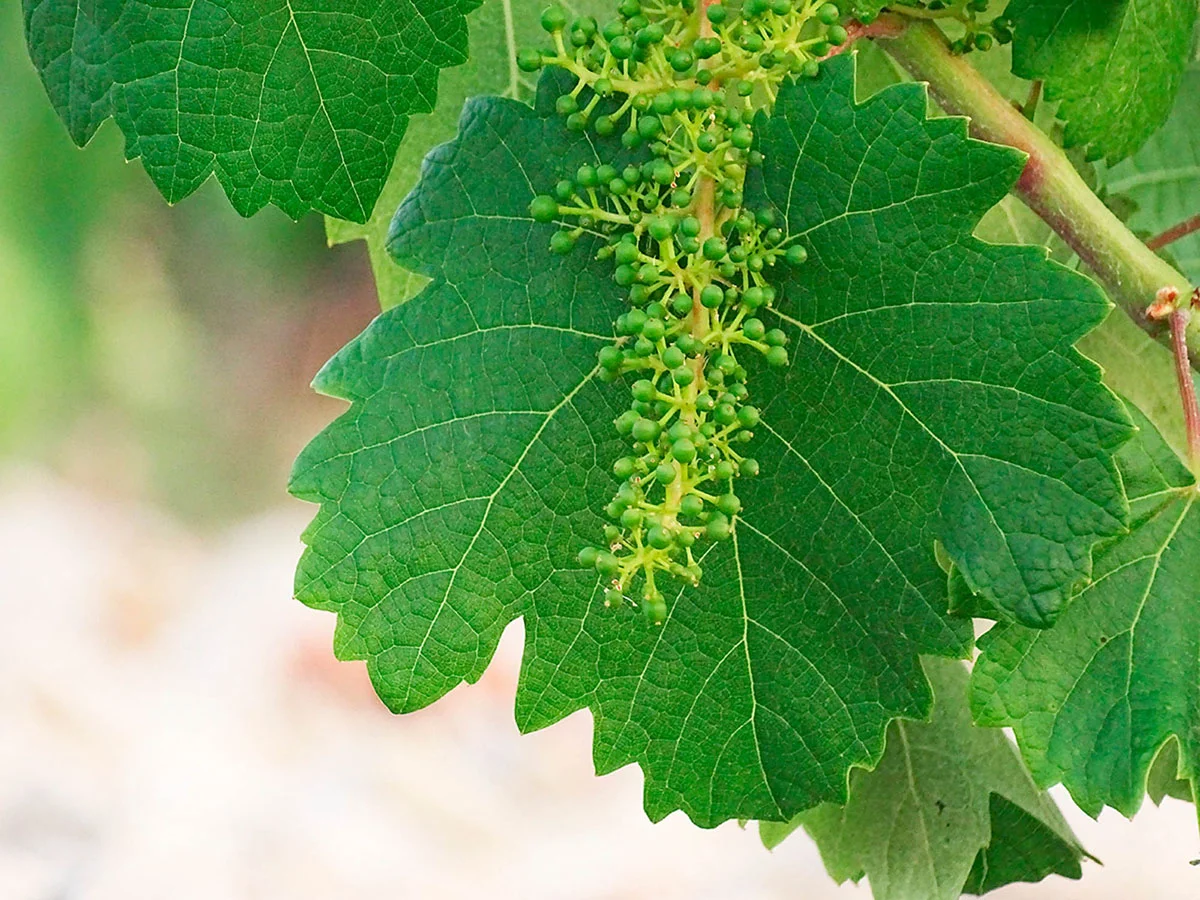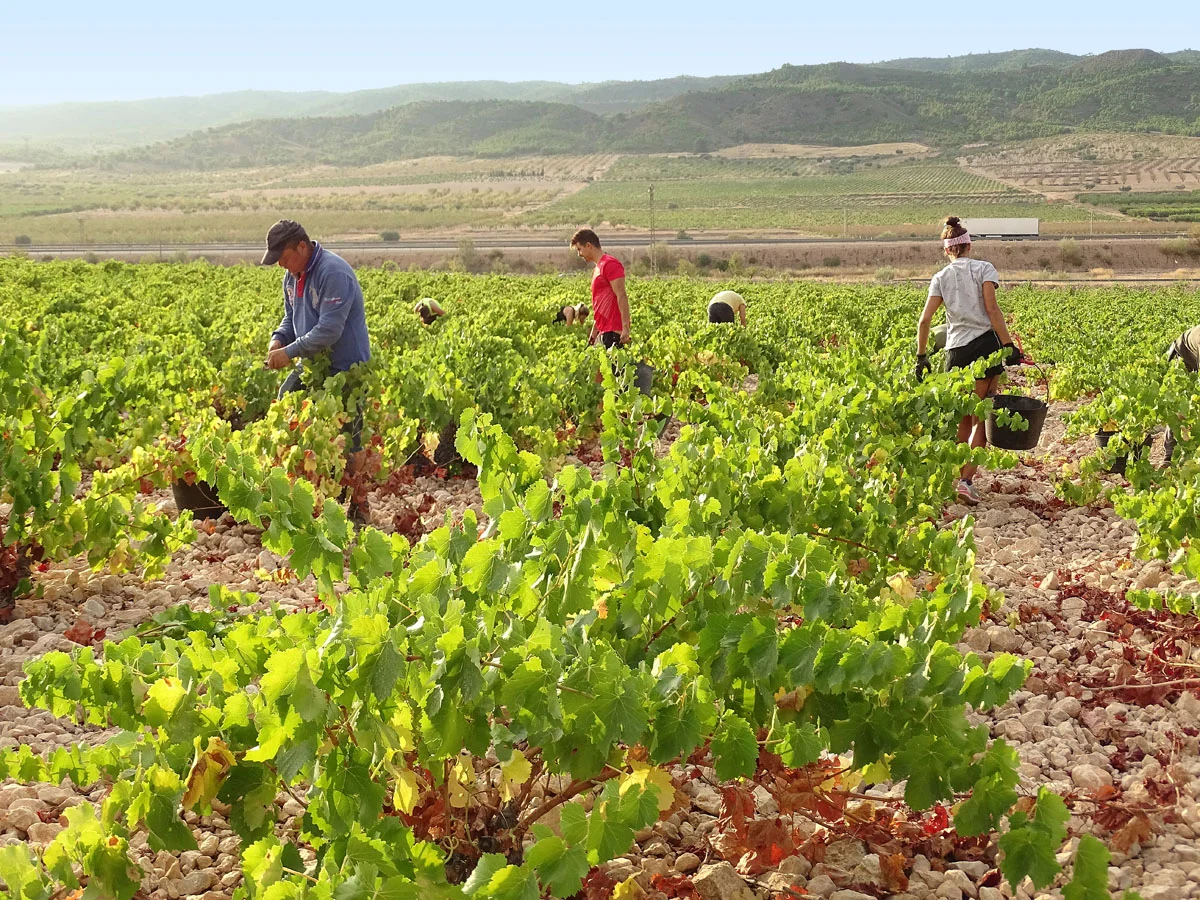The fascinating landscapes and diverse climates of Spain and France offer a plethora of wine varieties, amongst which Monastrell shines as a versatile and boldly flavored grape.
In this article, we delve into the captivating history of Monastrell wines, its unique characteristics, and the most noteworthy regions where it flourishes.
You’ll also discover valuable suggestions on how best to savor these wines for an unforgettable tasting experience.
A Brief History of Monastrell
However, it began to flourish during the Middle Ages when winemaking techniques improved significantly.
Monastrell is believed to have been introduced to the French Languedoc and Provence regions by traders and sailors who were captivated by its rich flavor profile and adaptability.
Today, the grape is predominantly grown in Spain and southern France, while smaller plantings exist in countries like Australia and the United States.
Meeting the Monastrell Grape
Features and Characteristics
The skin of this grape is quite thick and offers high levels of anthocyanins – the natural pigments that grant red wine its depth of color.
Monastrell grapes are resistant to droughts and thrive in warmer climates, while being particularly sensitive to disease and rot.
Moreover, they prefer limestone soils, which help maintain acidity and provide structure to the final wine product.
Aromas and Flavors
These are often complemented by earthy, herbal undertones, such as thyme or rosemary.
In addition, Monastrell wines may feature spicy nuances, like black pepper or cinnamon, which add complexity and intrigue to the tasting experience.
On the palate, these wines are full-bodied, rich in alcohol and tannins, with a deep garnet color that hints at their intense flavors.

Regions Championing Monastrell Wines
Jumilla: Spain’s flagship Monastrell region
The Jumilla wine region is located in southeastern Spain, where vineyards stretch across high plateaus and mountain ranges.
Here, Monastrell most notably dominates – its grapes relishing in the sun-drenched Mediterranean climate.
The limestone-rich soils help retain moisture while the altitude provides cool nighttime temperatures, ensuring balanced acidity levels in the ripening grapes.
The resulting wines display elegant expressions of red and black fruit, florals, and minerality, accompanied by warm notes from oak aging.
Yecla and Bullas: Spain’s smaller yet equally vibrant regions
Surrounding Jumilla, you’ll find other Spanish regions that have embraced Monastrell wines and boast tremendous quality in their own right.
Yecla, to the northeast of Jumilla, produces excellent examples of Monastrell blended with other international varieties, such as Syrah and Cabernet Sauvignon. These blends showcase delicious jammy fruit flavors coupled with spicy accents.
To the southwest lies Bullas, a region known for its old-vine bush-trained Monastrell vines that yield concentrated, expressive wines reflecting their unique terroir.
Languedoc-Roussillon: France’s Monastrell sanctuary
Crossing over to France, the Languedoc-Roussillon region in the south embraces Monastrell (locally known as Mourvèdre) with open arms.
Here, wine producers incorporate Monastrell into various blends or feature it as a single-varietal bottling.
Notable sub-regions include Bandol and La Clape offering structured, age-worthy red wines that boast deep flavors of fruit, earth, and spice.

Savoring Monastrell Wines
Food Pairings
The robust structure of these wines can also complement the complexity of slow-cooked stews, casseroles, and meaty tomato-based pastas to create a harmony of flavors.
Furthermore, the spiciness found in Monastrell wines lends itself well to various grilled dishes seasoned with herbs and spices.
Serving Suggestions
Lastly, use a wide-bowled wine glass to allow optimal sipping pleasure, enhancing both the aroma and flavor dynamics of this remarkable grape variety.
Monastrell wines undergoing an evolution
The Monastrell wines are undergoing an evolution.
Producers are now seeking more subtlety, freshness, and expression. They have moved from making warm and robust wines to more delicate ones.
Nowadays, we can find well-crafted Monastrell wines, without the need to reach over-ripeness or make them excessively corpulent, sweet, or heavy, but rather they seek a balance of nuances, good acidity, fruit that is fresher, not too ripe and that ultimately invites you to keep drinking and enjoying.
A good example of this new way of producing Monastrell is the wines of Viña Elena, such as Bruma del Estrecho and Paraje Marín, which undergoes malolactic fermentation in concrete and then aging also in concrete for 7 months. The concrete allows micro-oxygenation, which makes the Monastrell express its full organoleptic potential without masking anything.
In summary, here are the key takeaways about Monastrell :
- Monastrell is a black-skinned grape variety with a thick skin that offers high levels of anthocyanins, resulting in deeply colored red wines.
- Monastrell wines are known for their robust, fruity flavor profile, characterized by notes of dark fruits like blackberries, plums, and cherries, with earthy, herbal undertones, and spicy nuances.
- Monastrell is primarily grown in Spain and southern France, with Jumilla being the flagship region for the grape variety.
- Monastrell wines pair well with rich meat dishes, slow-cooked stews, casseroles, and meaty tomato-based pastas, and should be served slightly below room temperature, decanted, and in a wide-bowled wine glass.
- Monastrell wines are undergoing an evolution, with producers now seeking more subtlety, freshness, and expression, resulting in well-crafted wines that seek a balance of nuances, good acidity, and fruit that is fresher and not too ripe.
Read also :
